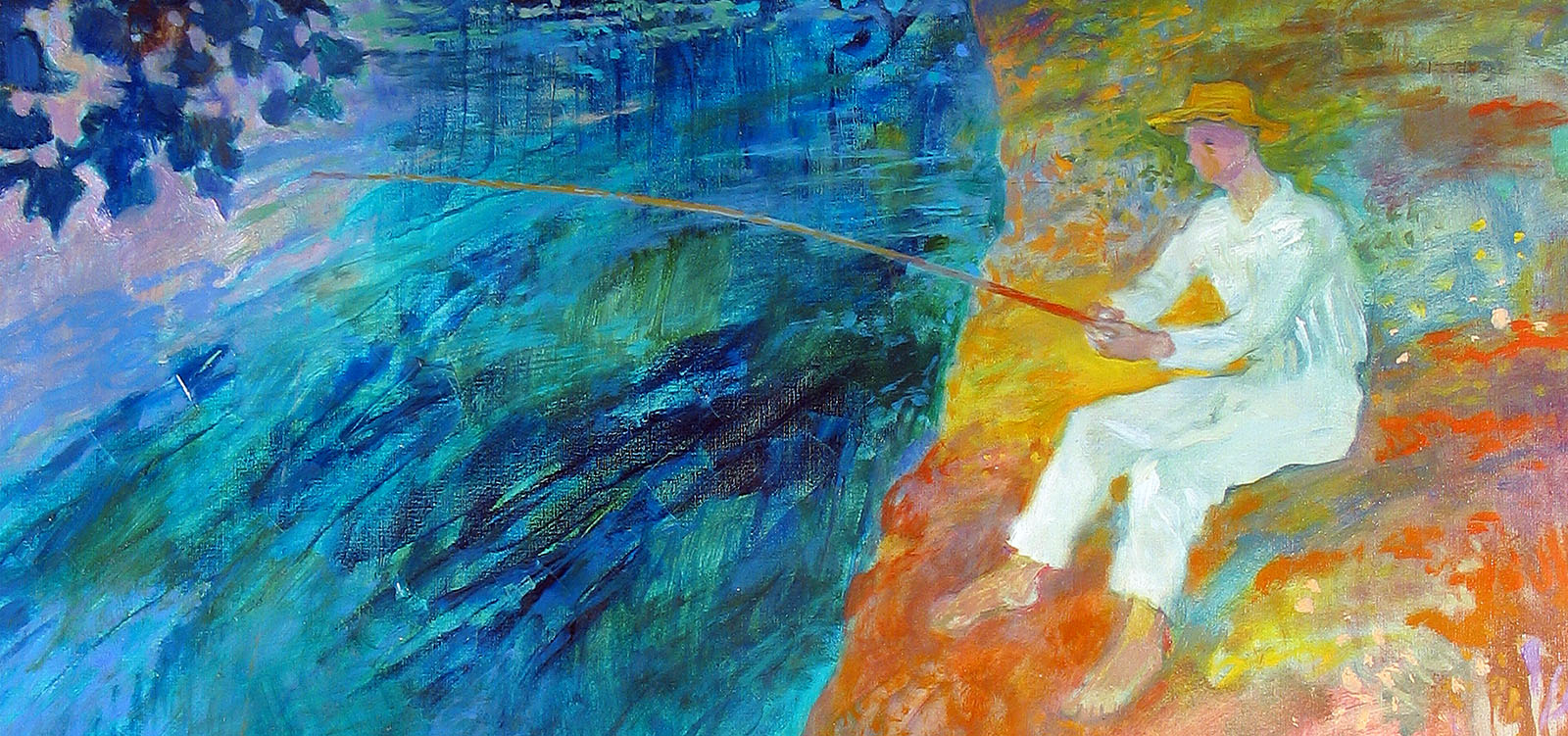
Investing in Art - The Art of Investing

We create art collections
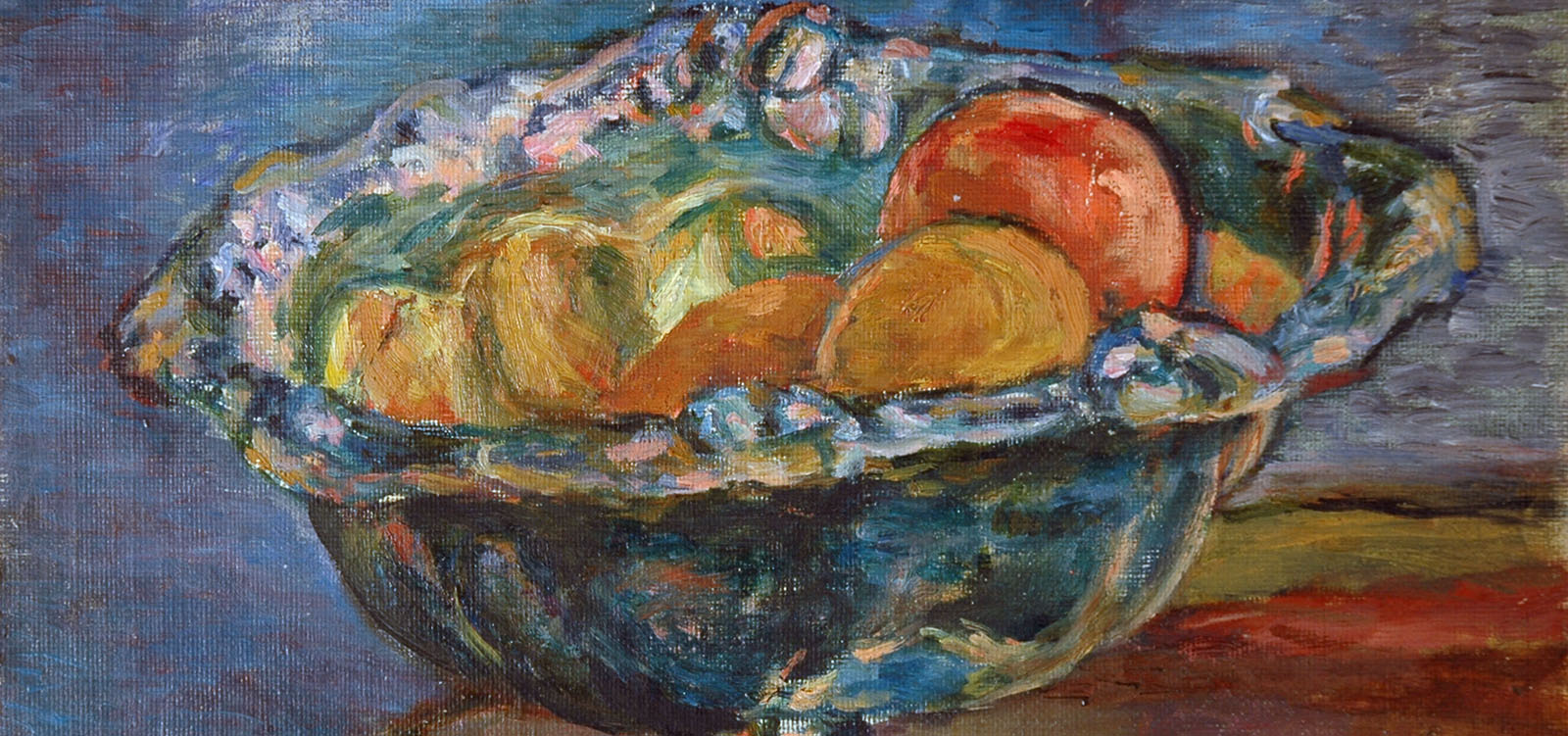
Art Consulting
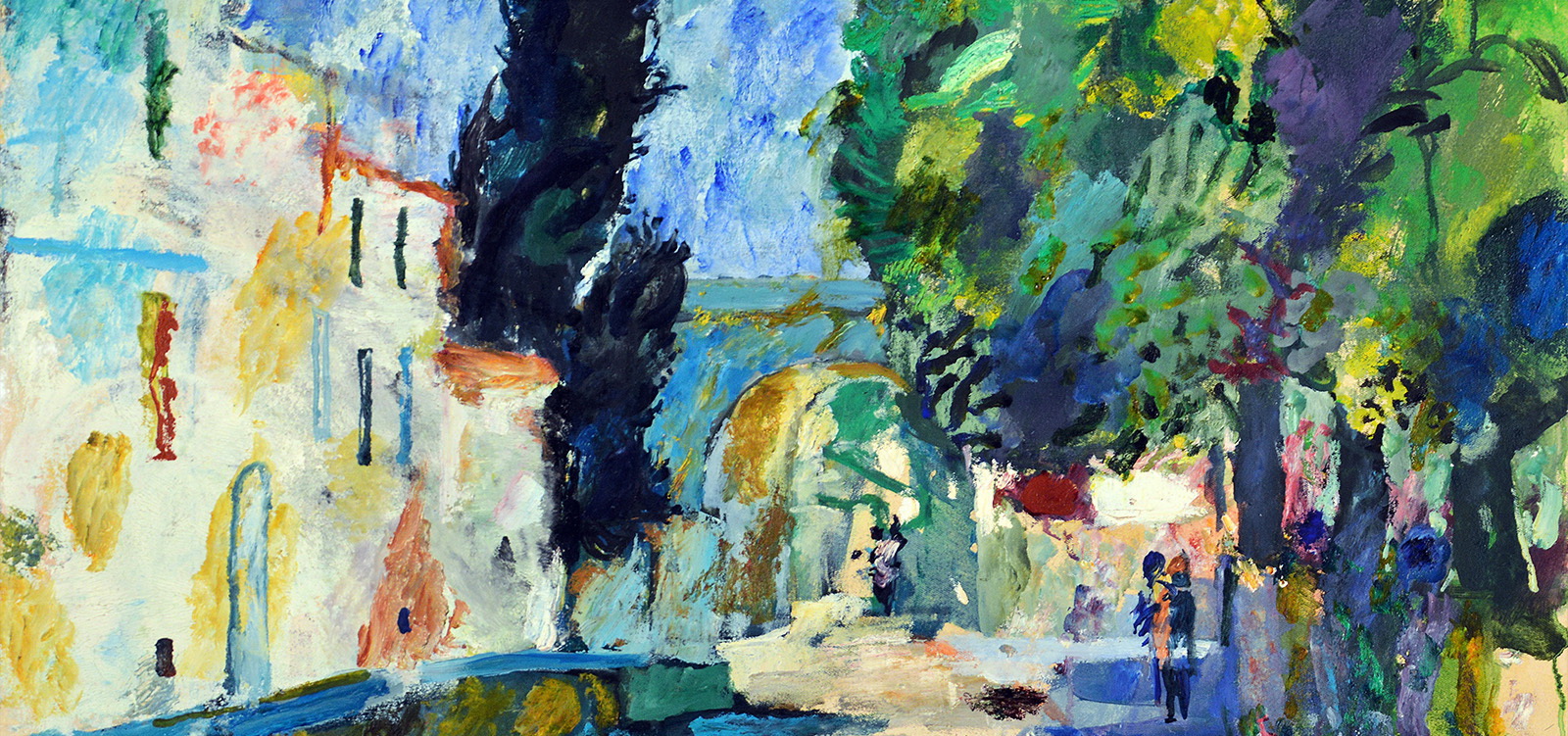
Arranging art collections
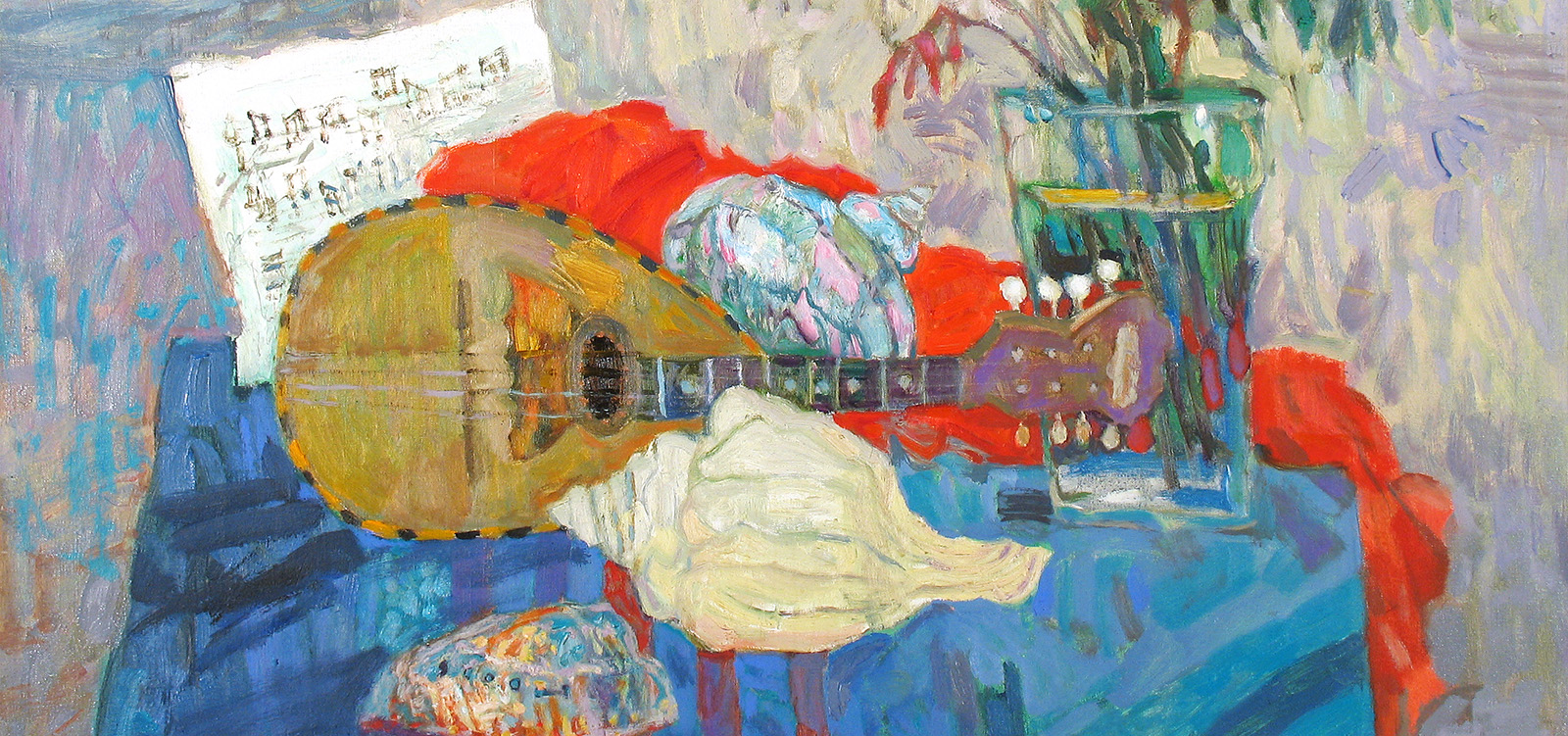
Cataloguing collections of works of art
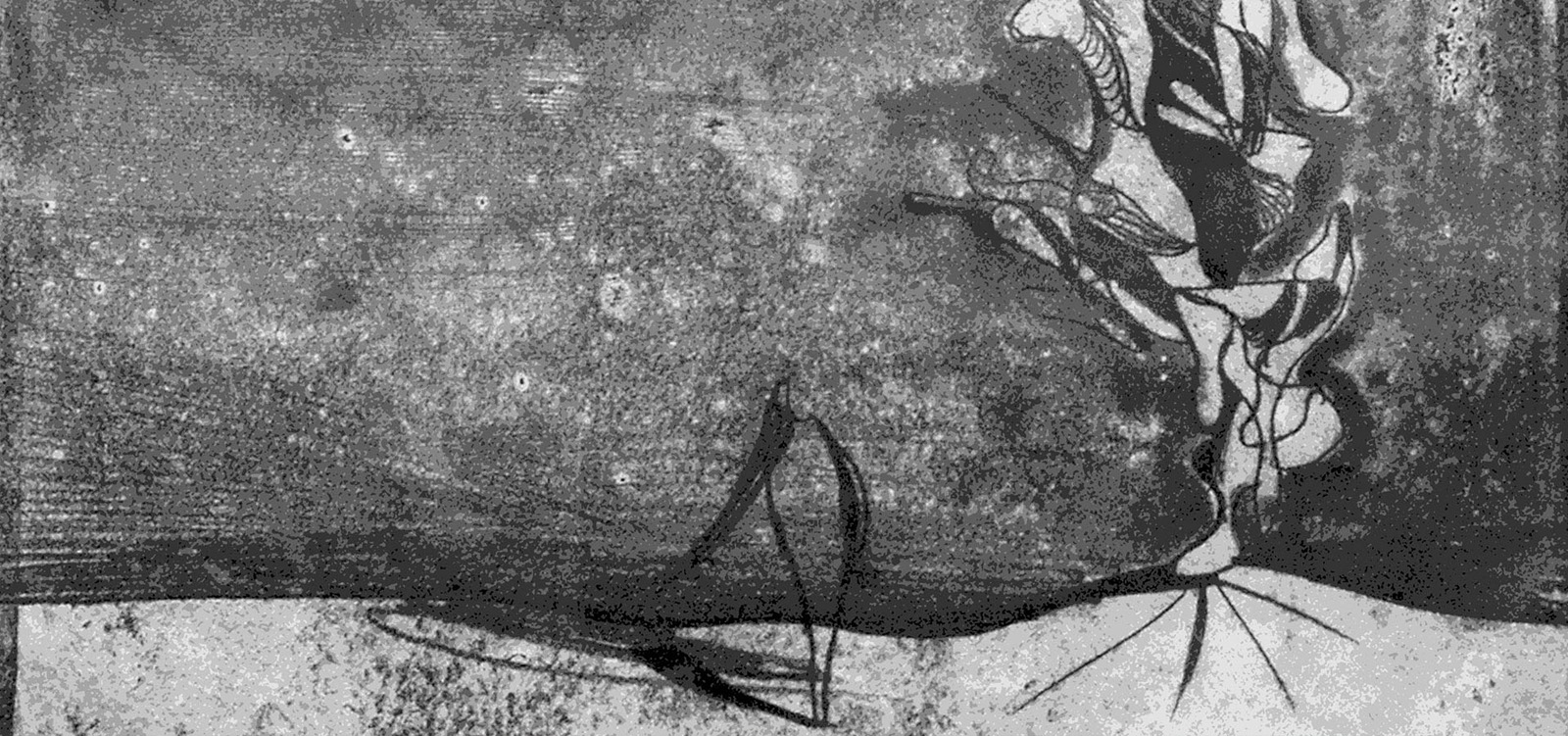
Consevation of works of art
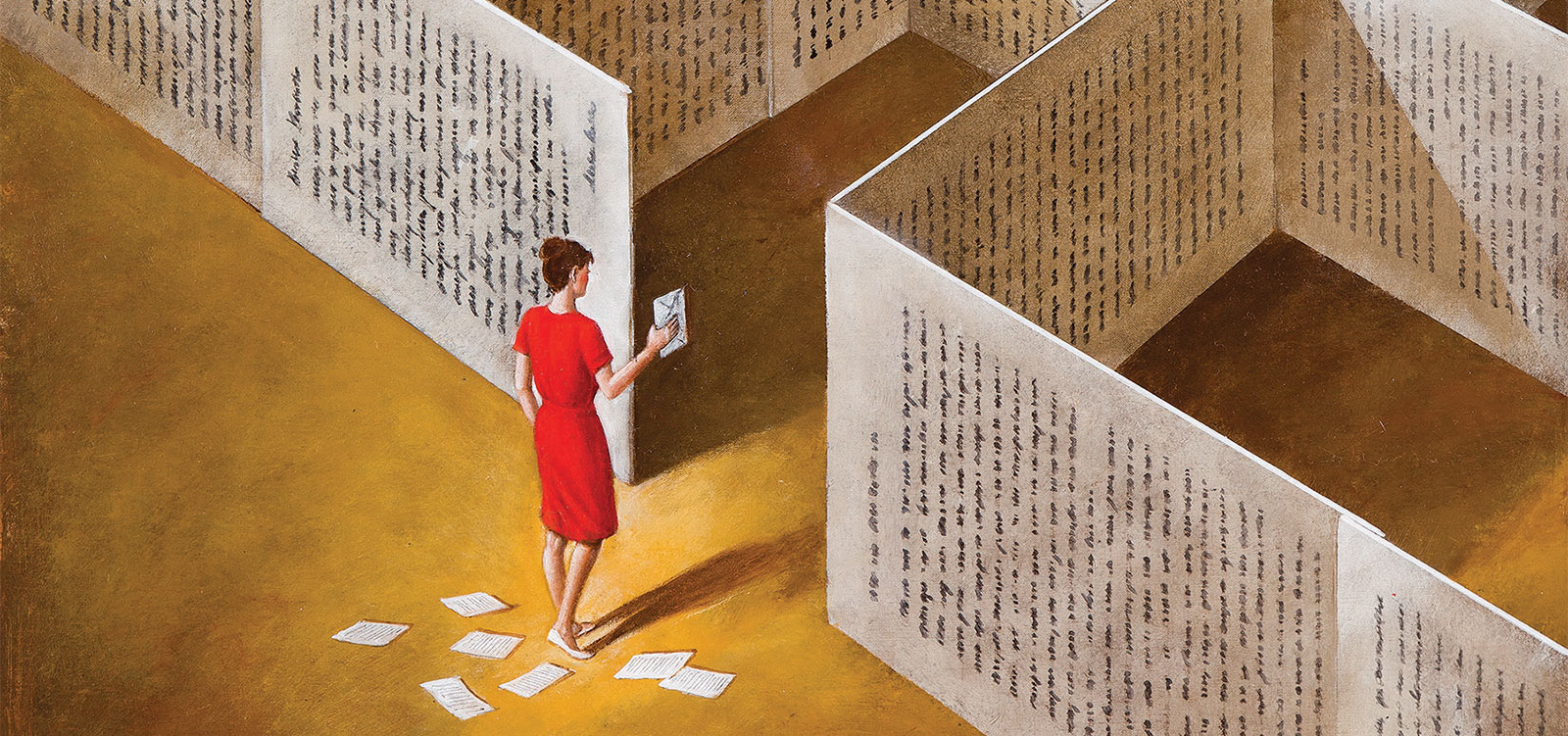
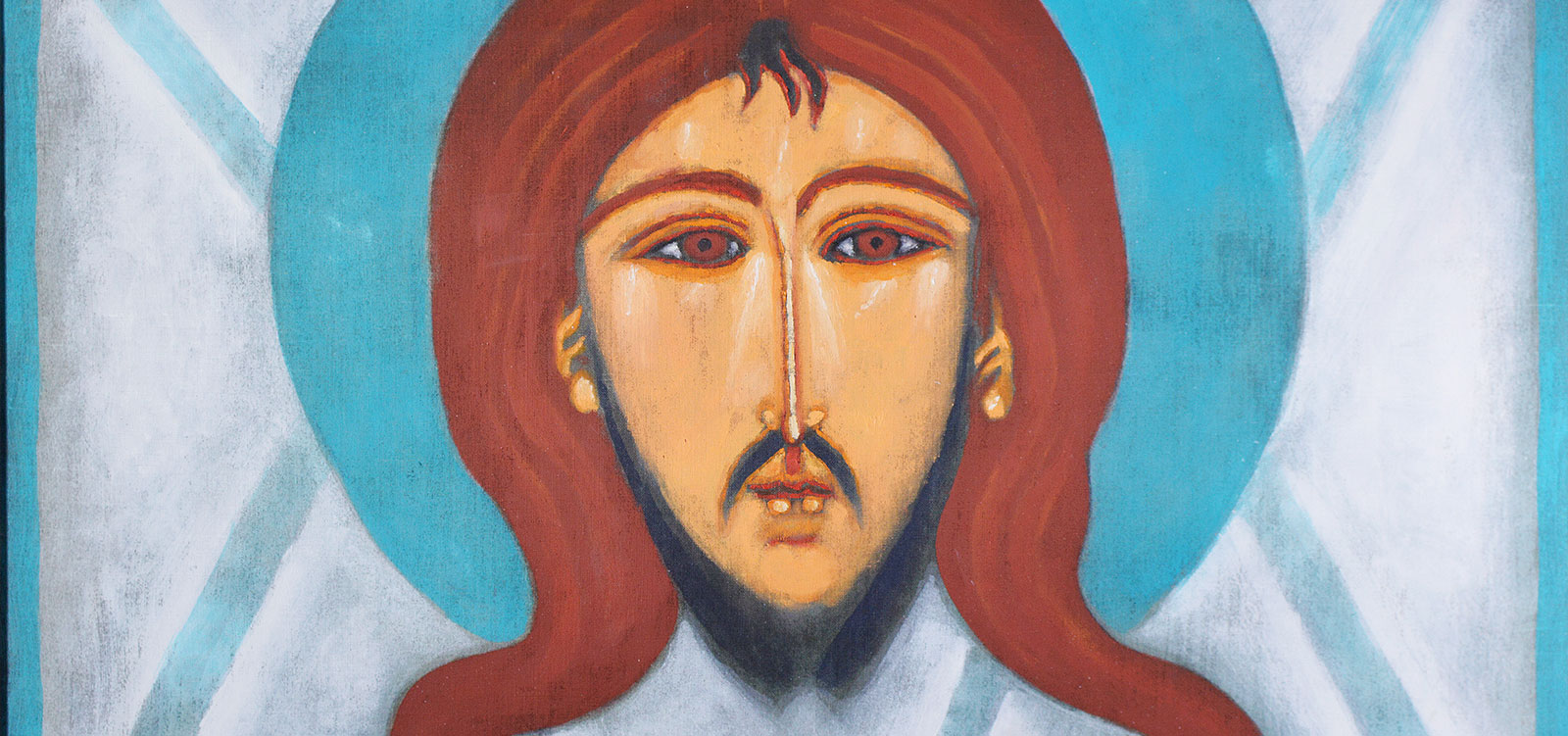
Wojcik's creative output, being subject to natural, evolutionary rules of improvement and,as time went by, being ruitful in fuller and fuller maturity of his works, is in its general representation of a very homogeneous nature. For it is a result of a constantly professed and specifically defined aesthetic attitude which subordinates formal-technical means of artistic expression. Taken as a whole, his work is impressively rich, the artist being amazingly prolific, and abounds in undoubtedly individual realizations.
Wojcik submerges his imagination and creative instinct in an element of painters' material of which he forms with great skill the pictures of live facture treatment penetrated with light twinkling on their surfaces. The light in the painter's pictures makes the whole chromatic scale of colours forming the subtly sophisticated and somewhat disquieting harmonies. No wonder if one considers that music has always been very dear to him and its experience has often given him an immediate creative impulse, not only in the sense of thematic inspiration but rather that of specific interpretation and transposition of emotions into a purely painter's form of expression! All this finds its reflection in harmonious, colourful patches of the water-colour being made through the only one stroke of a paint-brush; this sureness of the hand goes along with a sometimes ethereal delicacy and accuracy of the colour scheme. Musical references in Wojcik's paintings are most frequent and consciously applied.
The present exhibition shows in the first place the landscape paintings from the plein-airs from 1975-87, together with a small group of pictures making the cycle 'Birds'. All these pictures oil-paints, water-colours, gouaches having been painted directly from nature, are its gay and delightful contemplation, and reflect admiration for charms of this inexhaustible source of feelings and painter's inspiration. A splendid composition of nature is in every detail of determined character. Musical melodiousness of shapes and colours, as well as space "a counterpoint of silence" make an experience of the painter's essence of a landscape.
In Wojcik's landscape paintings there is not only a great number of topographic motifs but also a large variety of artistic massage values. Some of the latter are distinctly 'thematic', others that tend to sensual painter's interpretation become more illusive. It is a live painting, the more so as it is most closely and directly connected with nature. The nature of the landscape attracts the artist and he presents it to some extent by leaving its trace on the canvas.
Such kind of painting presents in a sense more difficulties to be overcome than that of creating spontaneous compositions. To be 'a material' or 'an impressionistic' painter, i.e. a kind of a realist involves a real risk: epigonism in the first place. That is why to cultivate a landscape painting is to arouse as much fear, doubt and reservations as "what a paradox!" admiration for its creative values, being at the same time longed for by the society and received with interest. Great care over painting texture, together with a particular taste for bright colouristic composition, show the formal individuality of Wojcik's pictures. However, these factors in the painter's noble aiming at higher and higher perfection are to serve recalling in his pictures "in an accurate and suggestive way" his own vision of the world.
Ignacy Trybowski